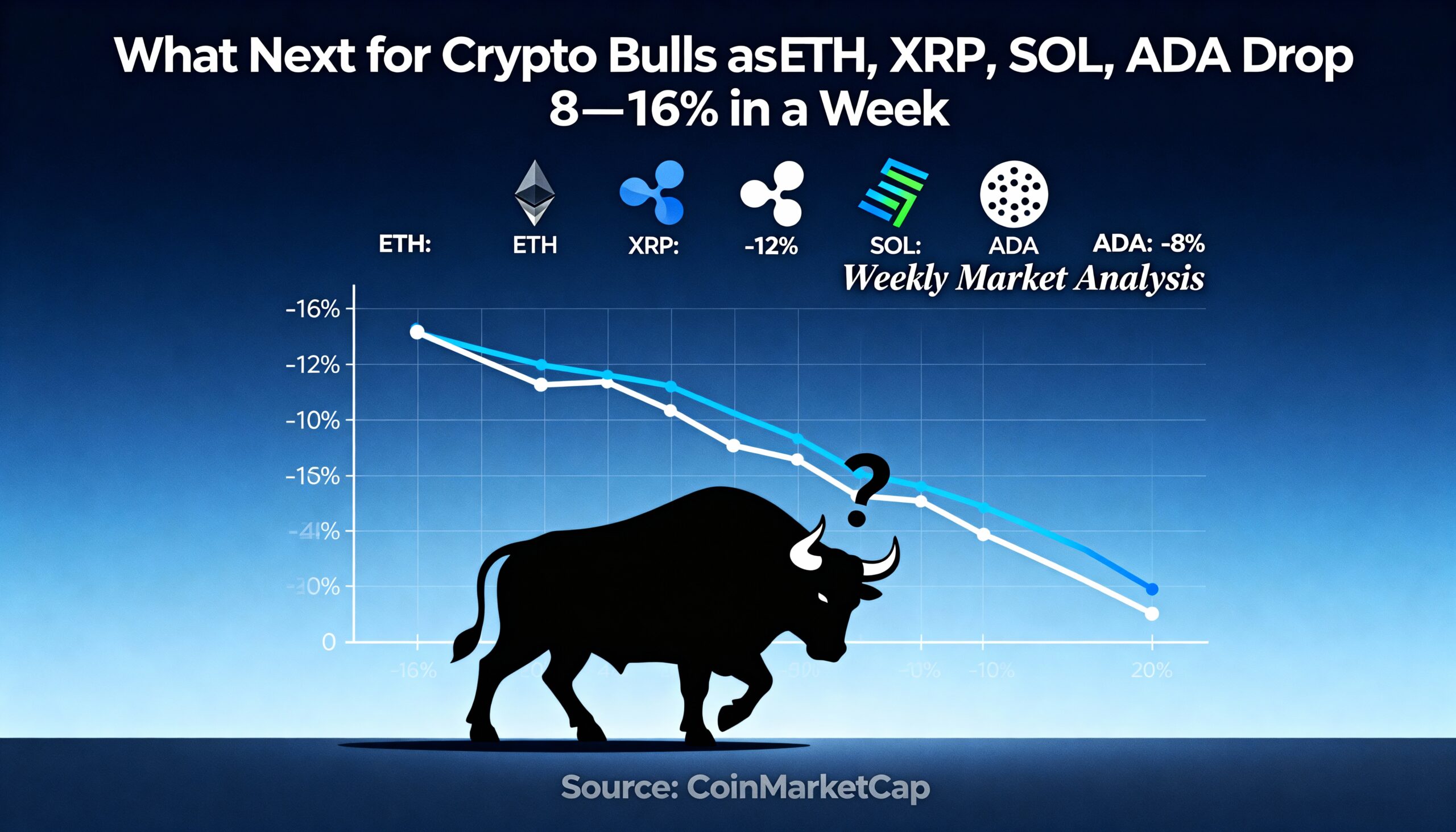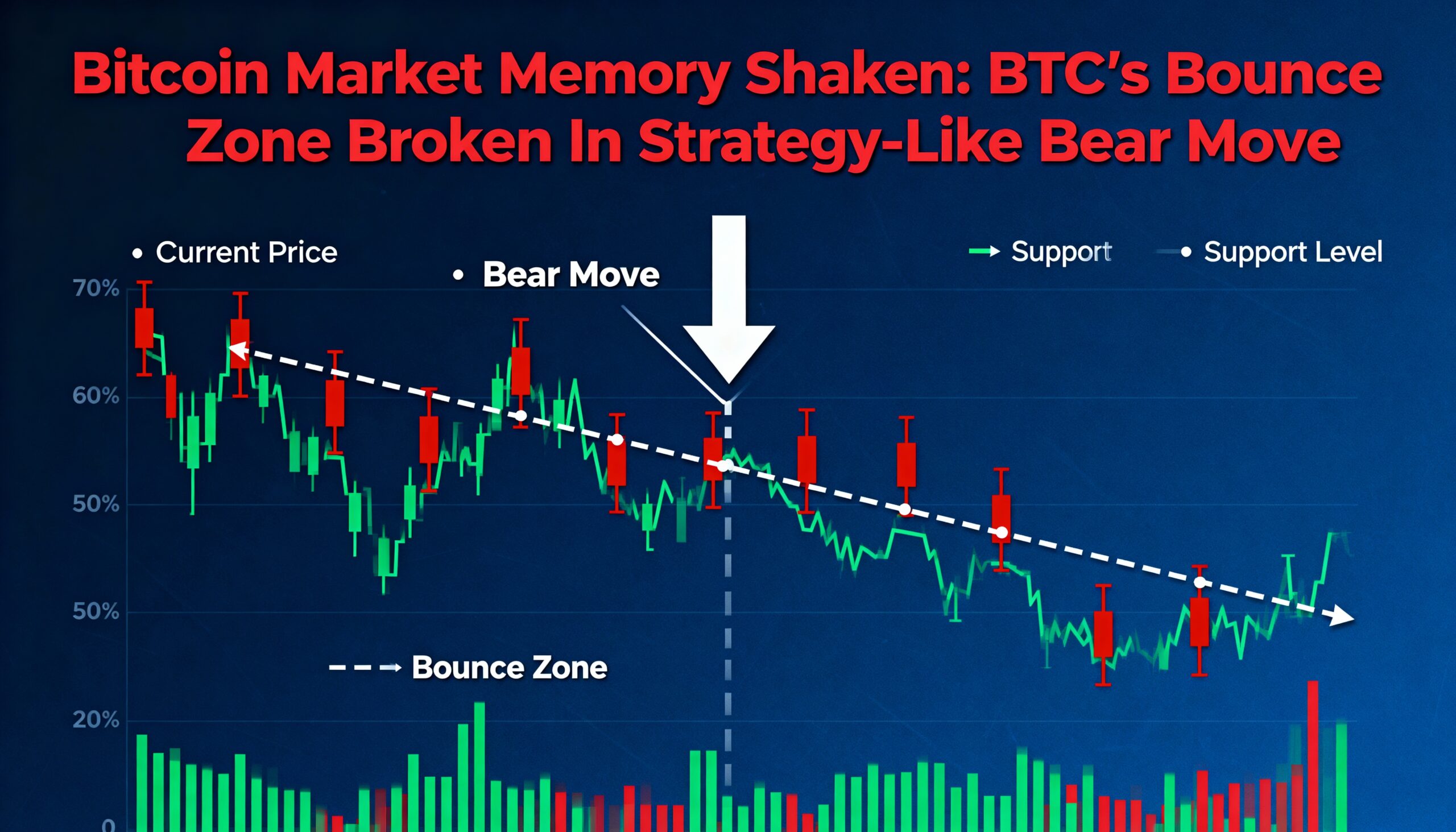
Bitcoin (BTC) could soon face a surge in volatility, as a key technical indicator, the Bollinger bandwidth, signals a potential market shift. The Bollinger bandwidth, which measures the difference between the upper and lower Bollinger bands, has contracted to less than 10%, a level last seen just before Bitcoin’s explosive price movement in early November.
Bollinger bands are a volatility indicator, calculated using the 20-day moving average of an asset’s price, with the bands marking two standard deviations above and below this average. The Bollinger bandwidth quantifies the space between these two bands. When the bandwidth narrows, it often signals a period of low volatility, with the potential for a sharp increase in market fluctuations once the bands widen.
Historically, Bitcoin has experienced significant price movements when the Bollinger bandwidth falls below 10%. After the bandwidth dropped in early June, BTC prices fell sharply from $69,000 to $54,000 in just a few weeks. However, a similar contraction in November preceded a price surge, with Bitcoin soaring from $70,000 to $100,000 within a month.
Currently, Bitcoin’s price is hovering between the upper and lower Bollinger bands, offering little clarity on the next move. Traders are closely watching for a breakout above the upper band, which could signal bullish volatility, or a drop below the lower band, which could indicate a bearish move. As volatility increases, traders may look to capitalize on potential price swings, potentially using options or futures contracts to profit from the anticipated market movements.























